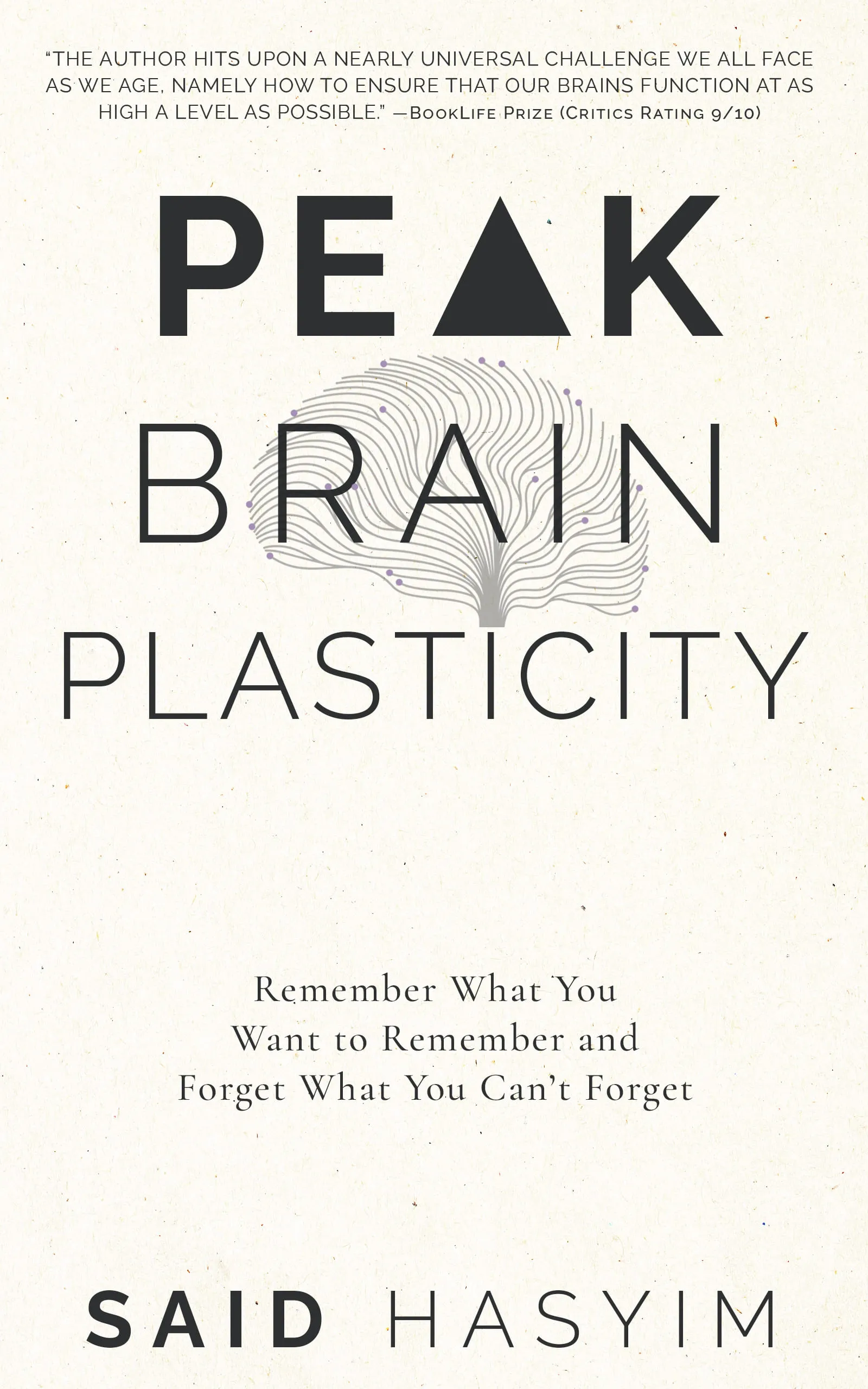The Impact of Technology on Memory and Learning
In an era defined by rapid technological advancements, the intersection of technology, memory, and learning has sparked significant debate among educators, psychologists, and technologists. As we delve into the implications of these advancements, it becomes crucial to examine how technology shapes our cognitive processes and alters the traditional paradigms of learning. This blog post aims to explore the multifaceted impact of technology on memory and learning, highlighting both its advantages and challenges.
The Evolution of Learning Technologies
The landscape of education has evolved dramatically over the past few decades. The rise of the internet, mobile devices, and educational software has transformed how we access information and acquire new skills. The traditional classroom model has expanded with the integration of digital tools, fostering a more interactive and dynamic learning environment.
From Textbooks to Tablets
The transition from physical textbooks to digital resources marks a significant shift in how knowledge is disseminated. E-books, online courses, and educational apps offer students vast libraries of information at their fingertips. This immediate access to resources can enhance learning experiences, encouraging exploration and fostering curiosity.
The Role of Artificial Intelligence
Artificial Intelligence (AI) has emerged as a powerful tool in education, providing personalized learning experiences tailored to individual student needs. AI-driven platforms assess learners' proficiency levels, recommending resources and activities that suit their learning pace. This personalized approach has the potential to enhance retention and understanding.
The Cognitive Load Theory
As we embrace technology in education, it is essential to consider the Cognitive Load Theory, which suggests that our working memory has limited capacity. The influx of information presented by technology can either aid or hinder memory retention, depending on how it is presented.
Overloading Information
While technology provides quick access to a wealth of information, it can lead to cognitive overload, particularly for learners who struggle to filter relevant content. The constant barrage of notifications, social media updates, and online distractions can fragment attention and reduce the ability to retain information effectively.
Enhancing Memory with Technology
Conversely, technology can also assist in enhancing memory retention through various techniques:
- Spaced Repetition: Apps like Anki utilize spaced repetition algorithms that optimize learning by recalling information just before it is forgotten, reinforcing memory over time.
- Multimedia Learning: Incorporating videos, infographics, and audio elements can cater to different learning styles, making information more engaging and easier to remember.
The Social Aspect of Learning
Technology has transformed not only how we learn but also the social dynamics of learning. Online forums, social media, and collaborative tools facilitate peer-to-peer interactions, allowing learners to share ideas and resources beyond the constraints of traditional classrooms.
Fostering Collaboration
Collaborative learning environments foster a sense of community and support among learners. Collaborative platforms enable students to work together on projects, share knowledge, and provide feedback. This social aspect encourages active engagement, enhancing comprehension and retention.
The Paradox of Connectivity
Despite the benefits of connectivity, excessive reliance on technology for social interaction can lead to decreased face-to-face communication skills and the development of shallow relationships. This paradox highlights the need for a balanced approach to technology use in educational settings.
The Digital Divide
While technology has great potential to enhance memory and learning, it also raises concerns about the digital divide. Access to technology is not uniform, and the disparity in resources can exacerbate existing inequalities in education.
Equity in Education
Students from low-income backgrounds may face barriers in accessing personal devices or high-speed internet, limiting their ability to engage in technology-enhanced learning. As educators and policymakers strive for equity in education, it is essential to consider how to bridge this digital divide and ensure that all learners have access to the tools they need to succeed.
The Future of Learning
Looking to the future, it is clear that technology will continue to play a pivotal role in shaping memory and learning. Innovations in Virtual Reality (VR) and Augmented Reality (AR) hold promise for creating immersive learning experiences that deepen understanding and enhance memory retention.
Embracing Lifelong Learning
With technology reshaping the learning landscape, the concept of lifelong learning becomes increasingly important. As industries evolve, individuals must adapt by continuously acquiring new skills and knowledge. Technology can facilitate this ongoing learning journey through online courses, webinars, and professional development resources.
Conclusion
The impact of technology on memory and learning is profound and multifaceted. While it presents remarkable opportunities for enhanced learning experiences, it also poses significant challenges, including the risk of cognitive overload and the digital divide. As we navigate this evolving landscape, it is imperative to strike a balance between leveraging technology's advantages and addressing its potential drawbacks.
Ultimately, fostering a thoughtful integration of technology into educational practices holds the key to unlocking its full potential, enabling learners of all backgrounds to thrive in an increasingly complex world. By embracing this dynamic interaction between technology and cognition, we can cultivate environments that not only support knowledge acquisition but also nurture creativity, critical thinking, and lifelong learning.
Harness the Power of Neuroplasticity
Discover Peak Brain Plasticity, a practical book to harnessing neuroplasticity. Enhance your memory, learn new languages quickly, and alleviate anxiety with effective study methods. Uncover daily habits that impact cognitive health and explore techniques for accelerated learning and memory retention. Unlock your brain's potential for growth and transformation.
